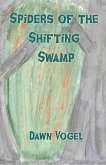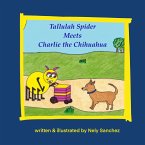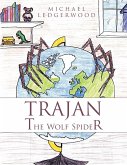>Wolf spiders are often brown, gray, or black, with tiny patterns on their bodies that help them blend in with their surroundings. Their size ranges from small species of around 0.4 inches (1 cm) to bigger species of 2 inches (5 cm) or more in body length, excluding their legs. Wolf spiders are frequently mistaken for tarantulas due to their huge, hairy look, however they are typically smaller and leaner in structure. These spiders are named for their hunting strategy, which is similar to that of a wolf: they follow their target and then pounce, rather than using webs to catch insects. Wolf spiders are solitary creatures, with the majority of species living on land, however some are arboreal. In the natural, they can be found in a variety of environments, including woods, grasslands, marshes, deserts, and even human settlements. Common Species Held as Pets While wolf spiders are less popular as pet arachnids than tarantulas or orb-weavers, some aficionados value them for their aggressive hunting behavior and low maintenance requirements. A few species are highly popular among spider enthusiasts: 1. Hogna carolinensis (The Carolina Wolf Spider) >2. Hogna lenta (rabid wolf spider) >3. Geolycosa spp. (Burrowing Wolf Spiders) >4. Schizocosa ocreata (brush-legged wolf spider) >Each of these species has unique environmental requirements and behaviors, so it is critical to select the appropriate species based on the level of care you can provide and your interest in watching their special habits.
Hinweis: Dieser Artikel kann nur an eine deutsche Lieferadresse ausgeliefert werden.
Hinweis: Dieser Artikel kann nur an eine deutsche Lieferadresse ausgeliefert werden.








